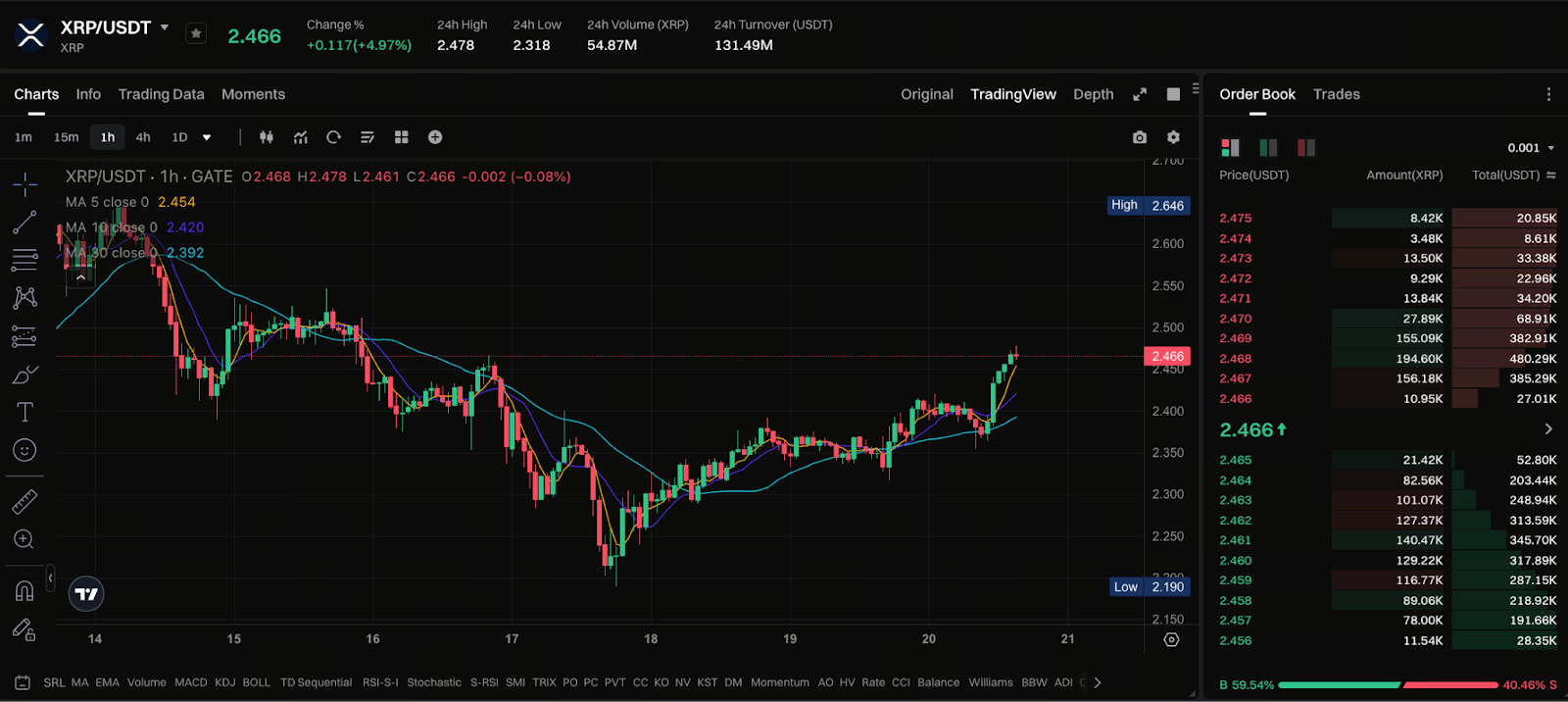Ripple’s Key Role in the $7.4 Trillion Market: Why This Could Propel XRP’s Price Surge
Ripple Overview
Ripple is a technology firm specializing in on-chain payment and liquidity solutions. Its flagship products, RippleNet and On-Demand Liquidity (ODL), enable cross-border payments to settle within seconds while sharply reducing transaction costs. XRP functions as the bridge asset, facilitating rapid exchange and settlement between various currencies.
Ripple’s primary advantage over other crypto projects is its deep integration with the traditional financial sector. Early on, Ripple partnered with major banks to provide infrastructure solutions for international remittance and corporate settlements. Now, as the global financial landscape shifts toward asset tokenization, Ripple’s role is becoming even more pivotal.
$7.4 Trillion Market Explained
The tokenized asset market refers to issuing and trading traditional financial assets—such as money market funds, bonds, and equities—in the form of blockchain tokens. According to international media, Ripple is collaborating with institutions like Securitize, BlackRock, and Vanguard on tokenized fund initiatives, with the target market estimated at $7.4 trillion.
This market is significant because it serves as a gateway for traditional capital to enter the blockchain ecosystem. If tokenized assets can be transferred and settled quickly on-chain, financial institutions stand to gain both lower costs and improved liquidity.
How Ripple Fuels Demand for XRP
Ripple’s core technical edge is instant settlement and seamless liquidity bridging. As major institutions tokenize assets and trade them on-chain, fast settlement between currencies and asset types becomes essential.
In this scenario, XRP acts as an intermediary liquidity asset, enabling immediate settlement for transactions. As the tokenized asset market expands, demand for XRP may increase, which could provide support for its price.
Current Price and Market Performance

Chart: https://www.gate.com/trade/XRP_USDT
Recently, XRP has traded around $2.40 USD. While this is still below its all-time high, investors are gradually becoming more optimistic about the market. Some investors believe that as regulatory clarity improves and institutional initiatives advance, XRP’s long-term value could be reassessed.
However, analysts caution that short-term volatility may still be driven by macroeconomic factors and liquidity constraints. Novice investors are advised to exercise caution and avoid making impulsive trades during market rallies.
Risks and Conclusion
- Implementation risk: Partnership initiatives require time and regulatory approval, so their impact may not be fully reflected in prices immediately.
- Regulatory risk: Despite progress with U.S. regulators, policy changes could still introduce uncertainty.
- Market volatility: Crypto markets are notoriously volatile; new investors should manage their positions and set stop-loss orders.
- Investment advice: Focus on official Ripple updates, institutional on-chain activity, and actual progress in tokenization projects, instead of trading solely on news headlines.
Summary
Ripple’s tokenization strategy positions XRP for long-term growth. However, short-term prospects depend on the pace of implementation and regulatory developments. For newcomers, a long-term approach is advisable. It is better to review news carefully rather than rely on it for short-term trading decisions.
Related Articles

2025 BTC Price Prediction: BTC Trend Forecast Based on Technical and Macroeconomic Data

Pi Coin Transaction Guide: How to Transfer to Gate.com

Flare Crypto Explained: What Is Flare Network and Why It Matters in 2025

How to Use a Crypto Whale Tracker: Top Tool Recommendation for 2025 to Follow Whale Moves

What is N2: An AI-Driven Layer 2 Solution
